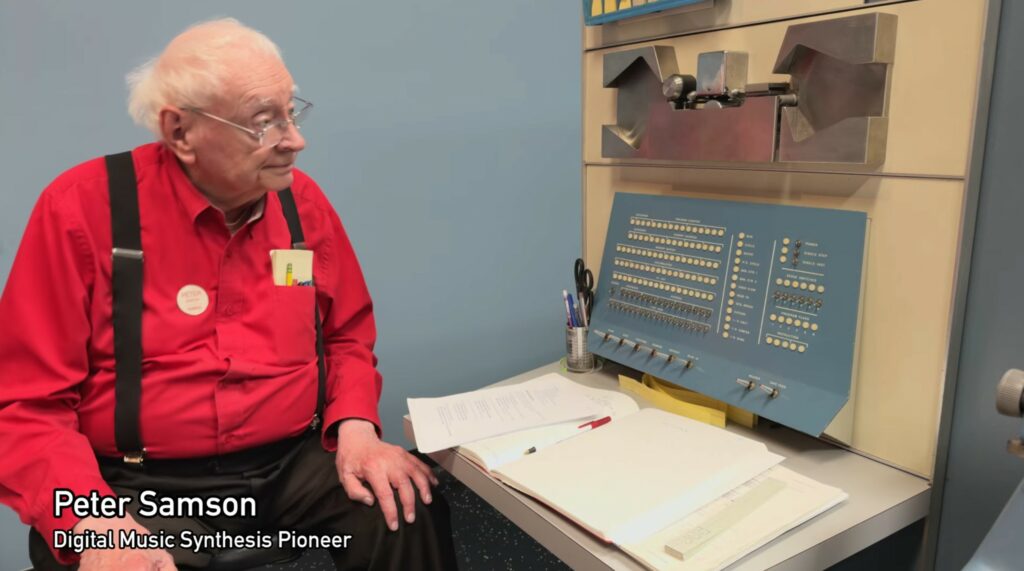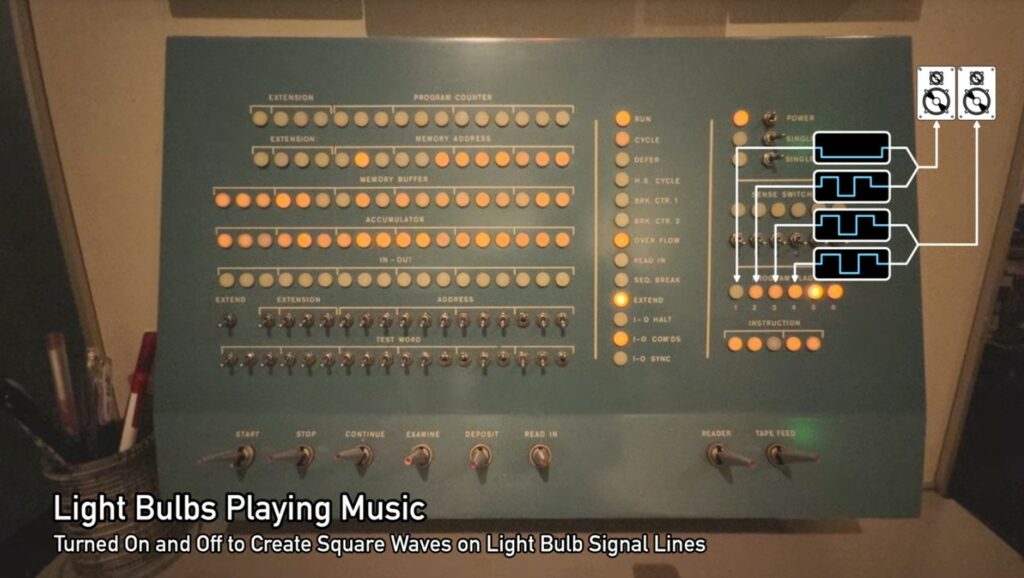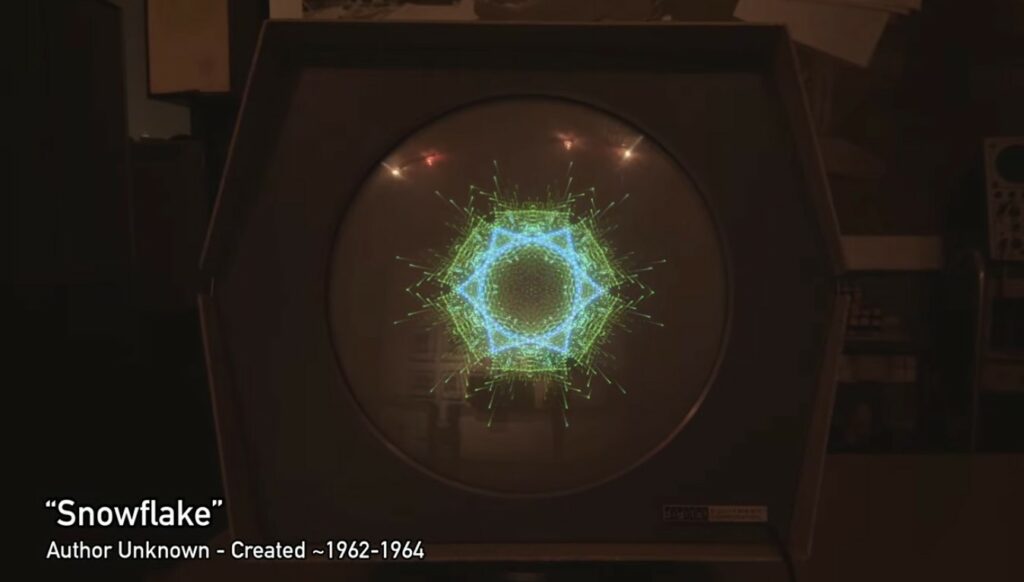
In a world where music has long since migrated to streaming and digital platforms, one enthusiast decided to go back six decades, to a time when melodies could still come to life through the glow of lamps and punched tape.
The older PDP-1 computer, famous for being the birthplace of one of the first video games, suddenly spoke with the voices of the Boards of Canada, playing their composition ” Olson ” using paper tape and flashing lights.
The project was implemented by Peter Samson, a hacker culture pioneer at the TMRC and an engineer and volunteer at the Computer History Museum as part of the PDP-1.music initiative, launched by Joe Lynch.
The goal was to adapt a short track to the technical limitations of the PDP-1, which used punched paper tape for data entry. Each sound sequence was manually encoded and recorded onto tape, which had to be loaded into the device step by step.

The key to the playback was the ” Harmony Compiler ,” a compiler developed by Samson himself in the 1960s while he was a student at MIT . This tool was designed to allow the PDP-1 to play classical pieces using four signal tubes.
Originally, these tubes were intended to indicate program status, but they were repurposed as quadrature oscillators, essentially becoming single-bit digital-to-analog converters. By rapidly flashing at audio frequencies, each tube was transformed into a sound source.
To reproduce the composition, the light signals from the tubes were combined into stereo channels and then assembled into a single track using an emulator. The resulting file was manually converted into code suitable for punched tape, which was then loaded into the PDP-1.

Despite the complexity of the process, the creators of the project believe the effort was worth it: Boards of Canada’s music, imbued with nostalgia for the analog past, sounds quite natural on such a machine.
Peter R. Samson is an American computer scientist known for his pioneering role in programming and his influential work within the hacker culture. Born in 1941 in Fitchburg, Massachusetts, he studied at the Massachusetts Institute of Technology (MIT) from 1958 to 1963. During his time at the university, he was a member of MIT’s Tech Model Railroad Club (TMRC) , where he played a significant role in shaping the language and philosophy of the hacker culture.

In 1959, Samson compiled the first edition of the “Tech Model Railroad Club Dictionary,” a glossary that introduced terms like “foo,” “mung,” and “frob,” many of which have become integral to the hacker culture’s vocabulary. He also defined the term “hacker” as “one who hacks, or creates,” helping to solidify the term’s use in the computing context.
In addition to his involvement with the TMRC, Samson contributed to the development of pioneering software for the TX-0 and PDP-1 computers, including real-time digital music synthesis and the creation of “Spacewar!”, one of the first interactive computer games.
Follow us on Google News to receive daily updates on cybersecurity. Contact us if you would like to report news, insights or content for publication.
